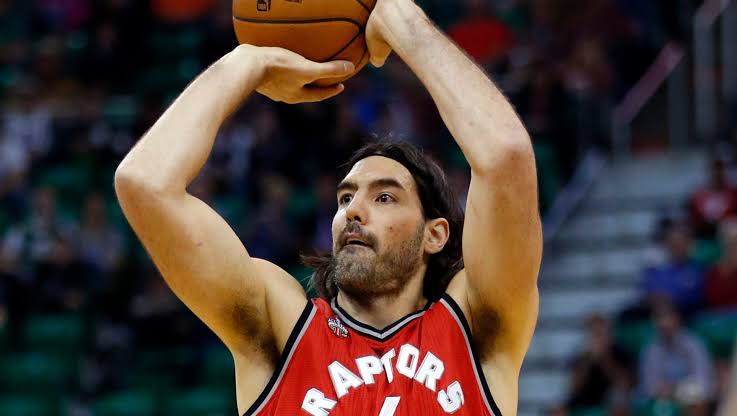What was the once prevalent amnesty clause in the NBA all about?
The amnesty clause was a provision in the 2011 NBA Collective Bargaining Agreement (CBA) that allowed teams to waive a player and remove his salary from their salary cap. The clause was designed to help teams get out of bad contracts and create more financial flexibility in the league.

Under the amnesty clause, each team was allowed to waive one player without having to pay the luxury tax on his remaining contract. The player would still receive his full salary, but it would no longer count against the team’s salary cap or luxury tax threshold. The amnesty clause was only available for players who had signed contracts before the new CBA was put in place in 2011.
The player had to have been on the team’s roster when the CBA was signed, and the team had to use the clause within a specific window of time. The amnesty clause was seen as a way for teams to correct mistakes made in free agency or in contract negotiations. For example, a team might sign a player to a long-term contract and later regret it if the player underperforms or suffers a major injury.
With the amnesty clause, the team could remove the player’s salary from their books and create more room under the salary cap to sign other players.
Who are some of the players to be waived under the amnesty clause?
The first player to be waived under the amnesty clause was Chauncey Billups, who had been with the New York Knicks.

Billups was waived in December 2011, and he became a free agent, able to sign with any team he wished. Several other players were waived under the amnesty clause in the following years, including Luis Scola, Brandon Roy, and Elton Brand. The amnesty clause was only available for a limited time, and it expired after the 2015-2016 NBA season.
While it was in effect, it helped teams create more financial flexibility and make roster moves that they might not have been able to otherwise. However, the clause was not without controversy, as some players and agents felt that it unfairly penalized players who had signed contracts in good faith.
More News:
• Does Shaq’s daughter play for LSU? Find out all about Amirah O’Neal
• Has Stephen Curry ever been bald? Looking back at the NBA legend’s hairstyles
• What is load management in the NBA? Why is it such a divisive topic?

